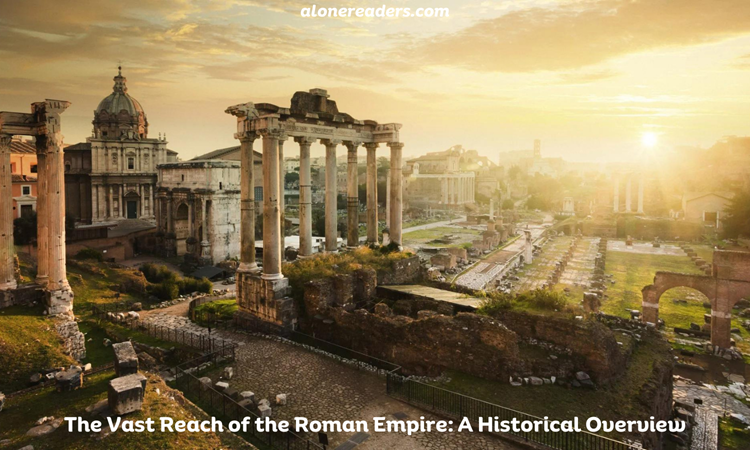
The Roman Empire is often hailed as one of the most extensive and powerful civilizations in ancient history. Its influence is still palpable in the modern world through language, law, culture, and architecture. Understanding the enormity of the Roman Empire not only involves acknowledging its vast territories but also recognizing its profound impact on the subsequent course of Western civilization.
The story of Rome begins as a small city-state on the Italian Peninsula around the 8th century BCE. From this modest beginning, Rome’s military prowess, strategic alliances, and sometimes sheer determination fueled its expansion. The conquest of the Italian peninsula was completed by the end of the 3rd century BCE, following which Rome clashed with the Carthaginians in the Punic Wars, eventually emerging as the dominant power in the western Mediterranean.
The Roman Empire reached its greatest territorial extent under the reign of Emperor Trajan in 117 AD. At this peak, the empire sprawled across an estimated 5 million square kilometers, influencing vast swathes of the known world. It stretched from the northern reaches of Britain, south to the sands of the Sahara, and from the Iberian Peninsula in the west to the shores of the Persian Gulf in the east.
The empire included present-day Italy, Spain, Portugal, France, England, Wales, part of Scotland, Germany west of the Rhine, the Balkan Peninsula, Greece, Asia Minor, Syria, Egypt, and North Africa. It encompassed a variety of terrains, climates, and peoples, ranging from the deserts of Egypt to the forests of Germany.
Managing such a vast territory was no small feat. The empire was divided into provinces, each governed by officials appointed by Rome. These provinces were further subdivided into cities and municipalities. The Roman military was instrumental in maintaining the peace and enforcing Roman law across the scattered territories — a concept known as "Pax Romana" or Roman peace.
A critical element to Rome’s control was its network of roads. Over 400,000 km of roads were built to connect the empire, facilitating the movement of armies, trade, and communication. The saying "all roads lead to Rome" encapsulates the centrality of the city of Rome within its vast network.
The vast size of the Roman Empire also had significant economic implications. It created a large, unified market where goods, people, and ideas could circulate relatively freely. The empire was marked by significant trade, both within its borders and with the outside world, including the Silk Roads to China and India. This trade enriched the empire and helped to stabilize it.
The size of the Roman Empire led to a remarkable cultural and linguistic influence that has endured for millennia. Latin, the language of Rome, became the lingua franca across the Western Empire, influencing the development of Romance languages such as Italian, French, Spanish, Portuguese, and Romanian. Moreover, Roman law, which was codified and made uniform across the empire, has been a foundation for legal systems in many parts of Europe and the Americas.
The sheer size of the Roman Empire eventually contributed to its downfall. Administrative, logistical, and military challenges became increasingly insurmountable, and the empire faced constant threats both from within and on its borders. Economic difficulties, overextension, and the complexity of managing the expansive territories all played a role in its gradual decline. By the 5th century AD, the Western Roman Empire had effectively fallen, while the Eastern Roman Empire, known as the Byzantine Empire, continued until 1453.
The legacy of the Roman Empire’s size is immense. Its vast network of cities became the foundation for modern Europe’s urban landscape. The Roman legal system influenced European law, while Roman engineering, such as roads, aqueducts, and bridges, set standards in infrastructure.
In conclusion, the size of the Roman Empire was as remarkable as it was influential. At its height, it connected diverse cultures under a single political framework, laying the groundwork for the European continent's future. It was an empire that managed to hold sway over a significant part of the known world for centuries, and its echoes can still be felt in the modern age, from our legal codes to the languages we speak. Understanding the size and scope of the Roman Empire is to understand the roots of Western civilization itself.